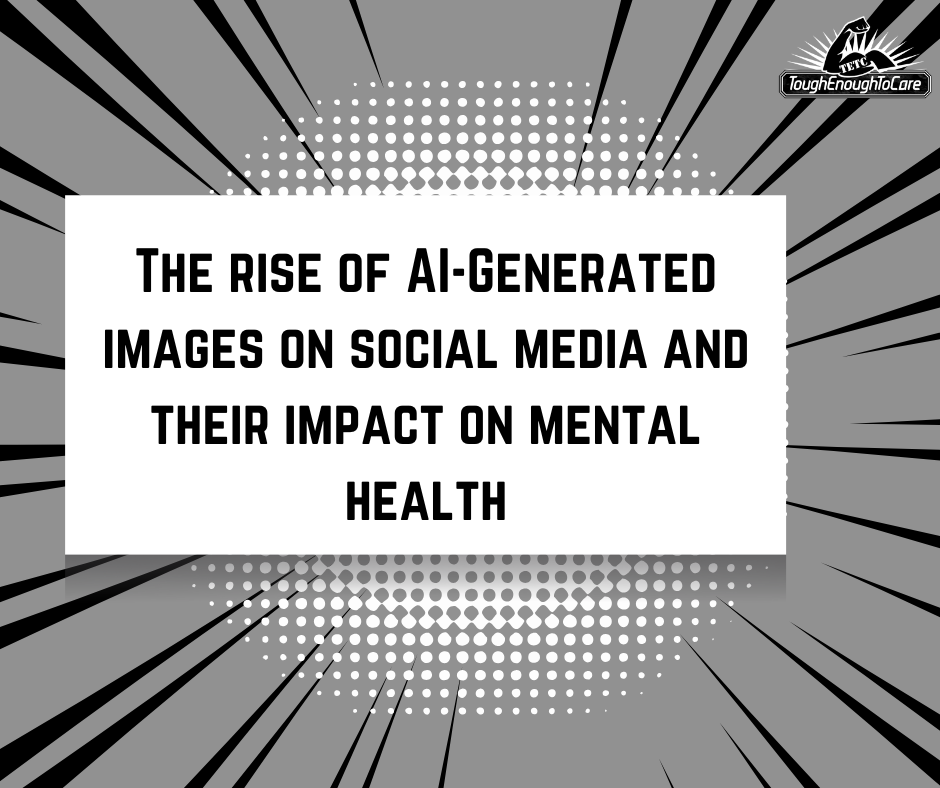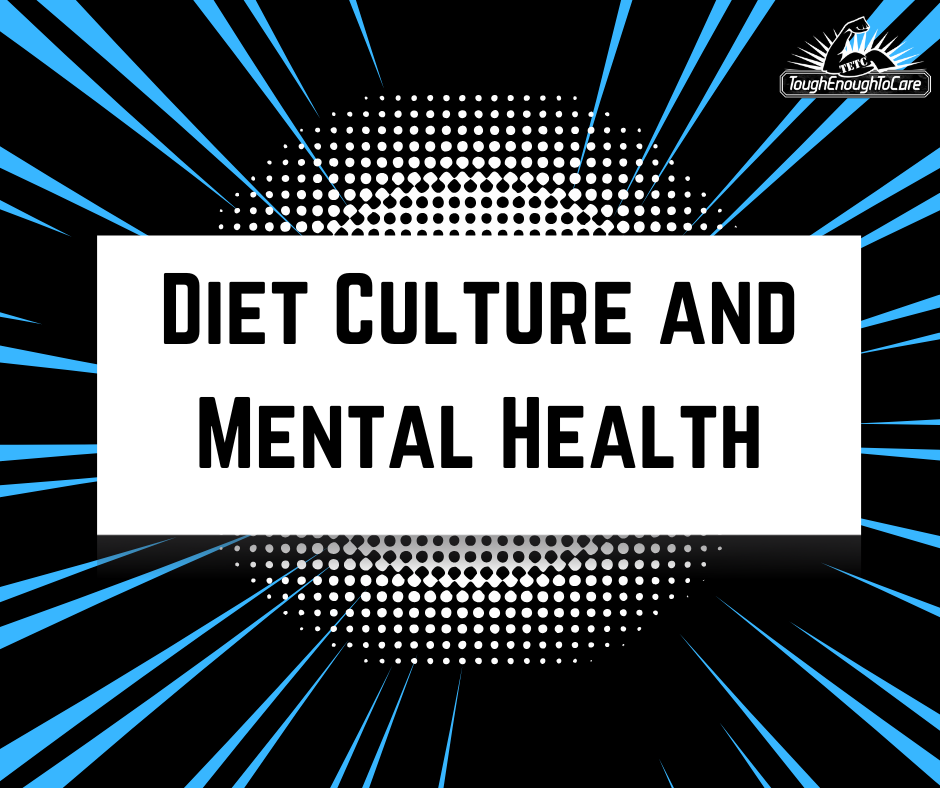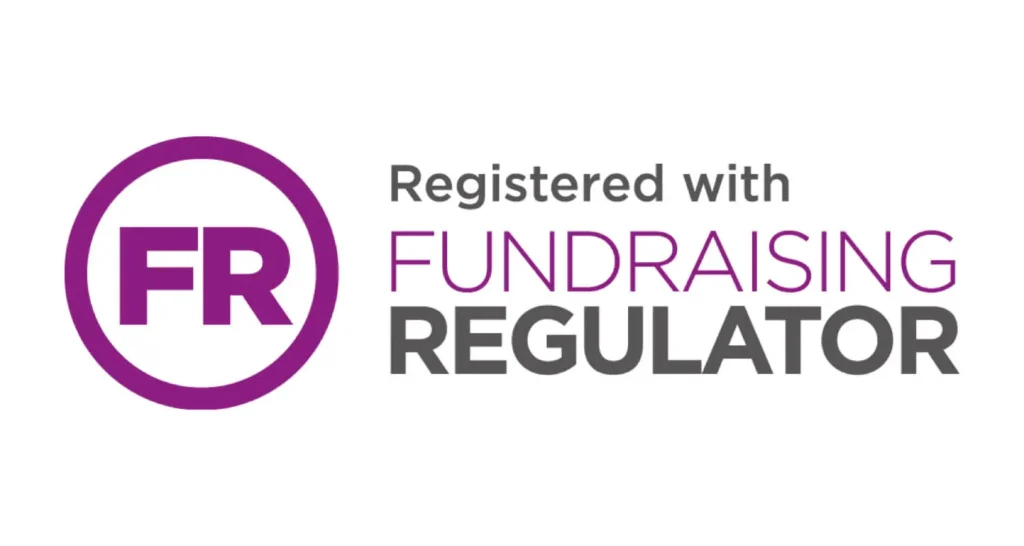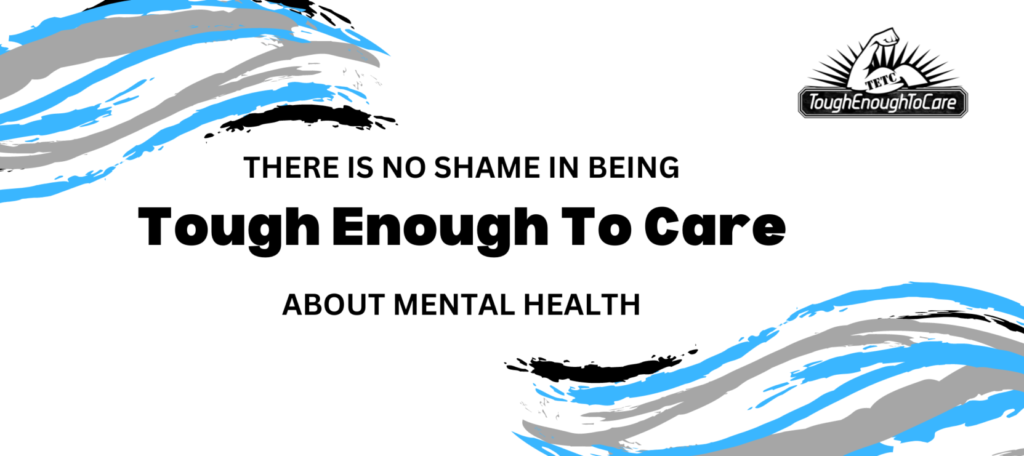
The rise of AI-Generated images on social media and their impact on mental health
Social media has become an integral part of our daily lives, with billions of users scrolling through endless posts, stories, and images. Recently, a new trend has emerged: AI-generated images. These artificial creations, made through advanced machine learning algorithms, can produce highly realistic pictures of people, places, and things—often to the point where it’s hard to tell they were not created by human hands. While AI art can be fascinating and innovative, it’s also sparking discussions about its effect on mental health and body image, especially on social media platforms.
What are AI-Generated images?
AI-generated images are created using deep learning models, such as GANs (Generative Adversarial Networks), which are trained on vast datasets to generate entirely new images that resemble real-life photos. These AI tools can create anything from lifelike portraits of people to hyper-realistic depictions of landscapes, all without the need for human photographers, models, or artists. Some of these images are so convincing that they’ve even fooled professional critics and audiences.
The allure of AI-Generated perfection
One of the main attractions of AI-generated images on social media is their perfection. They often depict individuals with flawless skin, unrealistic body proportions, and idealised features. Unlike real-life photos, which can show imperfections like blemishes, wrinkles, or scars, AI images are free from these “flaws,” creating a vision of unattainable beauty.
As these images gain traction, they often flood our social media feeds, creating an environment where perfection is normalised. It’s easy to fall into the trap of comparing ourselves to these flawless creations, which can take a toll on our mental health.
The impact on body image and self-esteem
The rise of AI-generated images contributes to the growing pressure to meet unattainable beauty standards. This is particularly harmful for individuals already struggling with body image issues. When people, especially young users, constantly see “perfect” bodies, faces, and lifestyles in their feeds, it can lead to feelings of inadequacy, self-doubt, and frustration.
- Unrealistic beauty standards: AI-generated images can promote an unrealistic idea of beauty that’s impossible to achieve. This can lead people to feel dissatisfied with their own appearance and question their worth based on superficial comparisons.
- Social media filters and altered reality: Many social media platforms already offer filters and editing tools that enhance users’ appearances, and AI-generated images take this concept to the next level. Constant exposure to these artificially perfected images blurs the line between reality and fantasy, leaving people with distorted perceptions of beauty.
- Increased pressure to conform: As AI-generated images become more popular, users may feel pressured to portray themselves in a similarly “perfect” way, leading to unhealthy habits such as over-editing photos or striving for unrealistic body goals.
The mental health consequences
The more we engage with these idealised representations of reality, the more it affects our mental health. Here are some ways in which AI-generated images on social media can impact our well-being:
- Increased anxiety and depression: Constantly comparing ourselves to flawless AI images can fuel feelings of inadequacy and depression. The pressure to live up to unrealistic beauty standards may lead to heightened anxiety, self-criticism, and a diminished sense of self-worth.
- Body dysmorphia: For some, the rise of AI-generated images can trigger or exacerbate body dysmorphia, a mental health condition where an individual becomes obsessed with perceived flaws in their appearance. The more they see “perfect” images, the more distorted their self-image becomes.
- Social comparison: Social comparison is a natural human behaviour, but when it’s fuelled by the perfect, edited images created by AI, it becomes unhealthy. We begin to measure our value by how closely we align with what we see online, which can erode our self-esteem.
- FOMO (Fear of Missing Out): AI-generated images often depict perfect lives—luxurious vacations, flawless relationships, and flawless beauty—leading to feelings of FOMO. These idealised depictions can make individuals feel like their lives are lacking in comparison, even though they’re not based in reality.
What can we do to protect our mental health?
While the rise of AI-generated images shows no signs of slowing down, there are steps we can take to protect our mental health and well-being:
- Be critical of what you see: Understand that many images on social media—whether AI-generated or heavily edited—don’t represent real life. These images are often created with filters, AI, or editing software, which doesn’t reflect reality.
- Curate your feed: Follow accounts that promote body positivity, self-acceptance, and mental health awareness. Unfollow accounts that make you feel inadequate or contribute to unrealistic beauty standards.
- Practice self-compassion: Challenge your inner critic and practice kindness toward yourself. Remind yourself that you are worthy, valuable, and unique, no matter how you look or compare to others online.
- Limit social media exposure: If you find yourself feeling anxious or down after scrolling through social media, take a break. It’s okay to step away and focus on activities that nourish your mind and body.
- Promote authenticity: Support and share content that celebrates authenticity, vulnerability, and real-life beauty. The more we normalise imperfection, the more we can counteract the harmful effects of AI-generated perfection.
AI-generated images are changing the landscape of social media, but they also bring challenges for our mental health. As we continue to engage with digital spaces, it’s essential to recognise the potential impact of these perfect, artificial images on our self-esteem, body image, and overall well-being. By setting boundaries, practicing self-compassion, and being mindful of the content we consume, we can protect our mental health and build a more positive, authentic relationship with ourselves.
#MentalHealthMatters #BodyPositivity #SocialMediaAwareness




